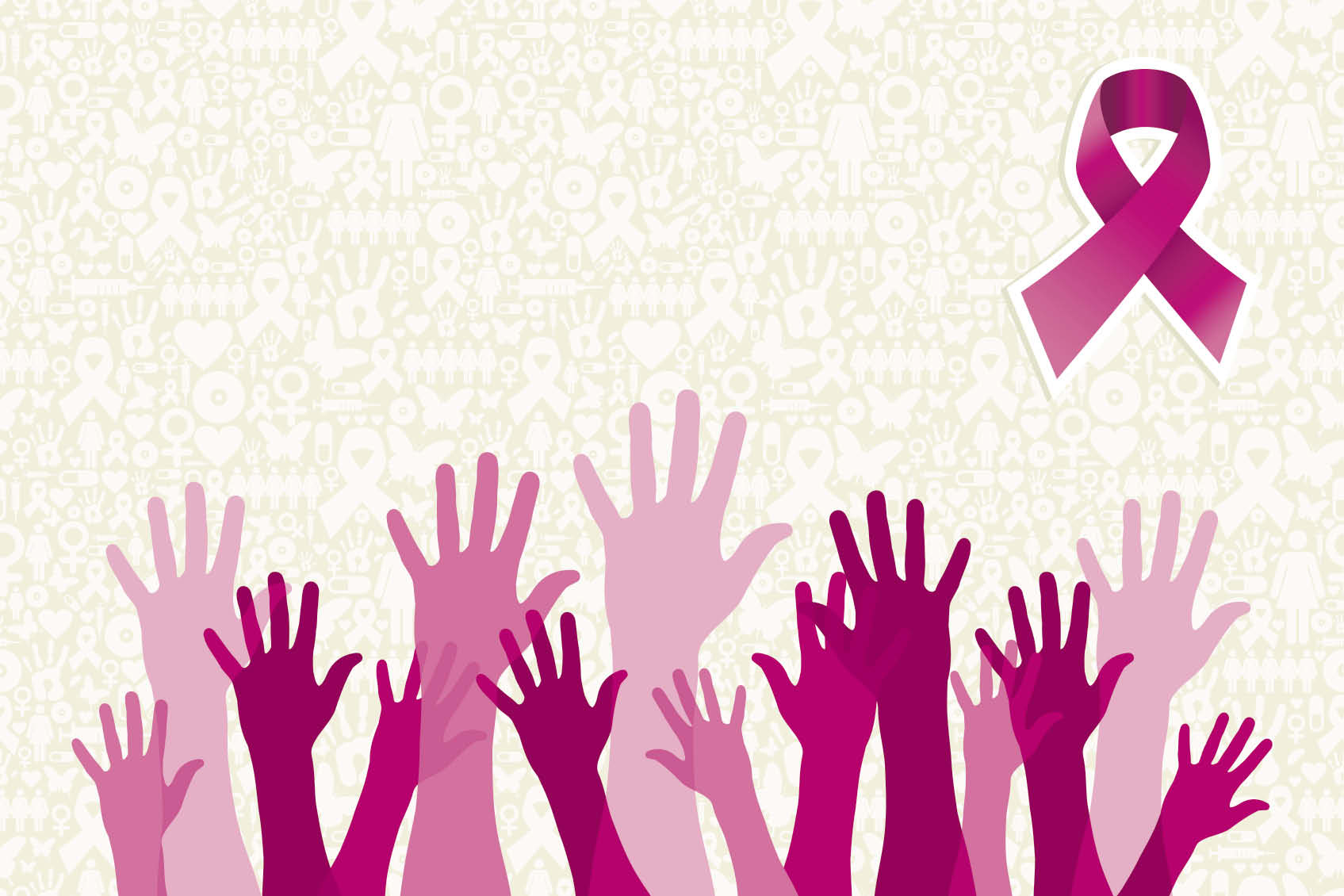4 Common Chemicals That Increase Breast Cancer Risk
By Amber Lowry
October is Breast Cancer Awareness Month, and we wanted to do our part in sharing ways you can decrease your risk of breast cancer. Below are a handful of cancer-causing agents that many of us come across in our everyday lives.
1. BPA (Bisphenol A)
 Ever consider splurging on that water bottle that’s slightly more expensive than your typical 99 cent bottled water? Well here is a good reason to do just that. BPA is a chemical that’s used as a plasticizer in many common products including water bottles, food takeout containers and much more. Basically anything that is made with flimsy plastic will contain BPA. A 2015 paper published by Poland’s Department of Clinical Experimental Endocrinology stated that BPA “plays a role in the pathogenesis of several endocrine disorders including male and female infertility, precocious puberty, hormone dependent tumors such as breast and prostate cancer and several metabolic disorders including polycystic ovary syndrome.”
Ever consider splurging on that water bottle that’s slightly more expensive than your typical 99 cent bottled water? Well here is a good reason to do just that. BPA is a chemical that’s used as a plasticizer in many common products including water bottles, food takeout containers and much more. Basically anything that is made with flimsy plastic will contain BPA. A 2015 paper published by Poland’s Department of Clinical Experimental Endocrinology stated that BPA “plays a role in the pathogenesis of several endocrine disorders including male and female infertility, precocious puberty, hormone dependent tumors such as breast and prostate cancer and several metabolic disorders including polycystic ovary syndrome.”
It is important to note that BPA acts as a xenoestrogen, meaning that it interacts with estrogen receptors in your body, mimicking estrogen. Overexposure to xenoestrogens can create a hormone imbalance. Considering that 80% of breast cancers are estrogen receptor positive (meaning that the cancer cells contain estrogen receptors on them), having excess estrogen circulating through your system will facilitate the growth of these cancer cells. Avoiding exposure to xenoestrogens like BPA is one way to help stop the growth of these estrogen receptor positive breast cancer cells.
2. Parabens
Most people enjoy daily use of various cosmetic products, but what they don’t know is that many of these items harbor carcinogens called parabens. Parabens are chemicals commonly used as preservatives in products like deodorant, lotion, makeup and hair care products. If you aren’t diligent about avoiding parabens, chances are you are being exposed to this chemical regularly. Sadly, these toxins are hard to detoxify and bio-accumulate in fat cells. This is especially alarming when considering that breast tissue is fatty tissue. A 2014 review published in the Journal of Applied Toxicology found that parabens disturb normal functioning of your endocrine system (meaning that it causes hormonal imbalances). The study also found that parabens decrease the suppression of breast cancer cell growth, meaning that your body starts to lose its ability to stop cancer formation. Perhaps the scariest part is that parabens were found in 99% of breast tissue samples that were taken during the study. Your best bet is to limit exposure to parabens in the first place by purchasing cosmetic products that are labeled “paraben free.”
3. Alcohol
Ok ladies, I love wine just as much as you, but it’s time to address some of damage we might be doing to ourselves with our daily glass (or two) of wine. Alcohol has been shown to contribute to estrogen dominance, a condition that refers to an imbalance of estrogen and progesterone in the body. As mentioned above, 80% of cancers are estrogen receptor positive, so a solid way to fend off this type of cancer is to keep your estrogen and alcohol consumption in check. A 2015 study from The British Medical Journal examined 136,000 participants over a 30-year period and concluded that women who drink a glass of wine per day are 13% more likely to develop estrogen-related cancers. So before you indulge in your favorite way to consume grapes, also take into account that there’s more at risk than a hangover.
4. Pesticides
DDT is a pesticide that was actually banned in 1972 because it was shown to contribute to the formation of certain cancers. Unfortunately, DDT is still showing up in our food supply despite the banning. Find yourself fighting family members over the importance of eating organic? Share this with them: Research from 2007 published in Environmental Health Perspectives found that early life exposure to DDT can effectively predict breast cancer risk. The research showed that subjects with high serum levels of DDT at an early age were 5 times more likely to develop breast cancer. The major takeaway here is to buy organic, local food from farmers that you have developed a relationship with and trust. That way you’ll really be eating clean.
Obviously, there’s a lot more that goes into developing breast cancer than using cheap shampoo and having one too many drinks, but limiting your exposure to these four problematic substances is a step in the right direction toward breast cancer prevention and overall good health.

 Amber is a recent graduate of Montclair State University’s Communication and Media Arts program. She has contributed various articles to Whole Foods Magazine as well as Fox News Latino. Passionate about both health and social issues, Amber is currently the co-host of a podcast that aims to educate folks on how to apply ancestral health practices in the modern world. She takes a moderate stance in most areas of life and believes that health is an extremely personal journey that relies on open-mindedness and self-awareness. Her aspirations include earning a master’s degree within the realm of health communication and becoming a French Bulldog mom.
Amber is a recent graduate of Montclair State University’s Communication and Media Arts program. She has contributed various articles to Whole Foods Magazine as well as Fox News Latino. Passionate about both health and social issues, Amber is currently the co-host of a podcast that aims to educate folks on how to apply ancestral health practices in the modern world. She takes a moderate stance in most areas of life and believes that health is an extremely personal journey that relies on open-mindedness and self-awareness. Her aspirations include earning a master’s degree within the realm of health communication and becoming a French Bulldog mom.




